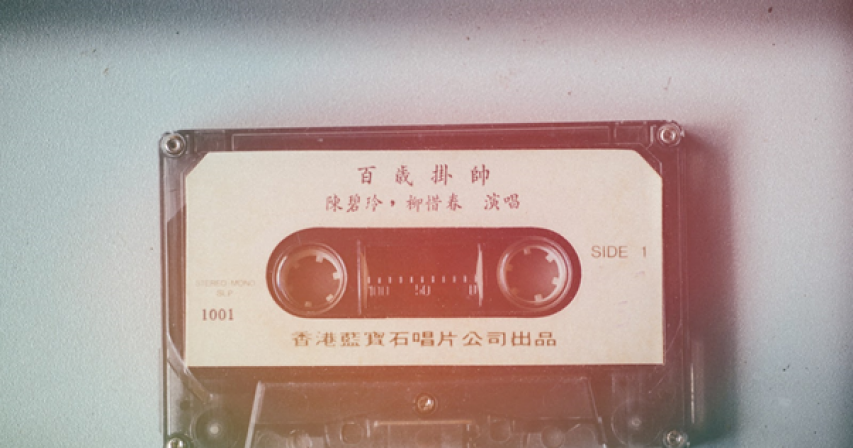A Brief History of Two-way Radios
- 4 years ago

Walkie-talkies or two-way radios are here since our childhood. During the spy game, you must have created one using disposable cups and thread. But do you have an idea that from where they came? And what was the reason to invent them?
The Beginning
Back in the early 20s, the first introduction of radio communication was in the Atlantic Ocean. Canadian Don Hings, in 1937 invented a walkie-talkie for the first time. At that time, a whole bag was carried, along with the walkie-talkie.
It was the first-ever invention in the history of the two-way radio. This technology allowed the ship's employees to communicate the land.
that, in 1923, the first mobile two-way radio was invented for the Australian police. Like every other gadget, the radio gets evolved as per time. At that time, the two-way radio consumes the whole back passenger seat of the car.
But as time passes, the size of the radio becomes compact for portability and convenience.
Just after the radio size becomes smaller and lighter, its uses become more widespread. From aircraft to motor vehicles and ships, the two-way radio becomes a need and a communication standard.
The War Time
During World War II, these two-way radios proved to be very useful for all countries. Both the Military Air Force and the ground troops use the technology. At that time, the same frequencies were used by all parties, and the model was known as "simplex mode."
The basic rule of simplex mode was, at a time, only one station will transmit, and the other will only receive it. These simultaneous transmissions and receiving provide positive results to all parties of World War II.
Today's Two-way Radios
Today's hand-held radios are more advanced and modern than ever. These two-way radios are used from houses to the military to business.
The digital radios are awesome in performance. They send signal directly without cutting them.
The visible change two-way radios have observed the most in their design is their size. From consuming a large area such as the whole car seat to now hand-hold, these radios have become much more compact and convenient to use.
At the same time, different size variations are still applicable to modern days as some radios are rich with features that typically add some size. At the same time, more expensive examples have managed to find a way to organically blend a rich set of features with a compact size. If you are on the market you can check your options on crunchreviews.com or other comparison and review sites.
Why had Two-way Radios Known as Walkie-Talkie?
Two-way radio, walkie-talkie, and transceivers are all the same. Walkie-talkies are typically known as two-way radios because of their signal transmission. These radios can transmit and receive signals both at the same time.
On the other hand, normal radios are one-way because they can only send the signal but can't receive it.
Conclusion
The word history bores many people by its name only, but according to the good rule of thumb, it's important to know the history. In the old-time, communication was hard. To provide ease in communication two-way radios were invented.
But as time passes, the technology of the two-way radio evolved and the size gets compact. Nowadays, these radios are as small as a mobile phone. The most proven benefits of these radios were during World War II. Only because of this radio, the participating countries were able to communicate with each other.
We never know what the future has written for us. Maybe these two-way radios get eliminated by any other invention more advanced than this, who knows?
Comments